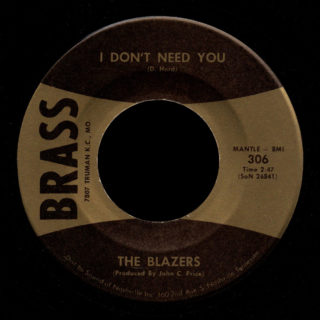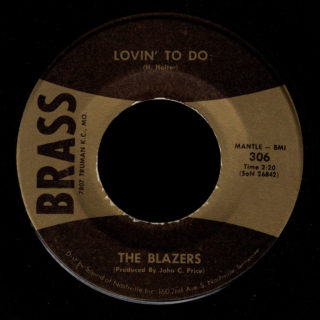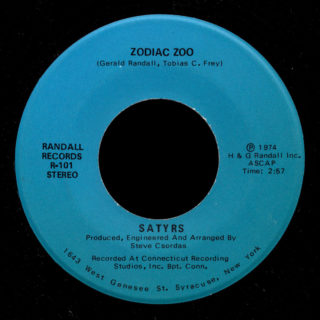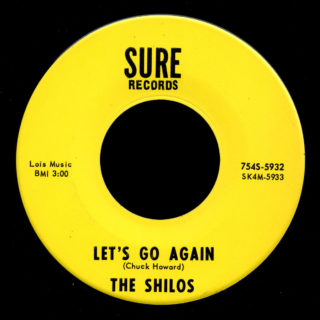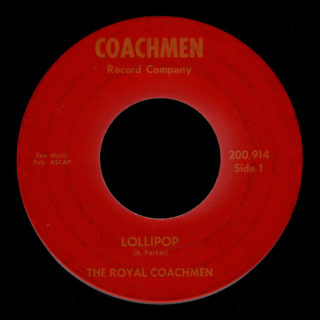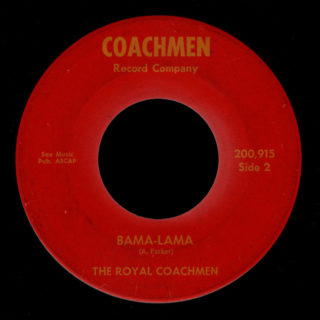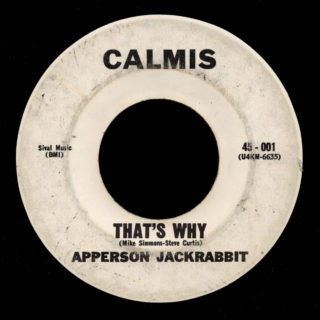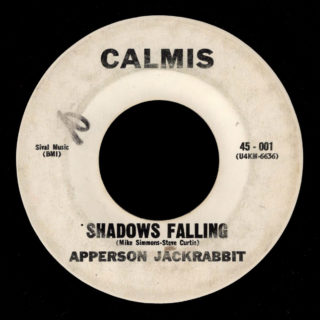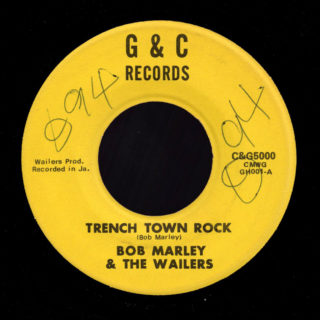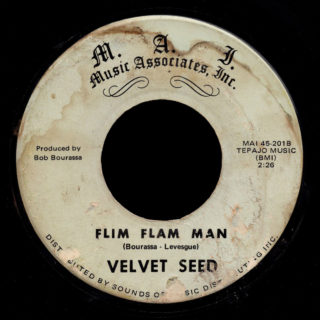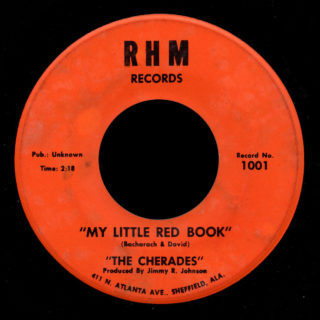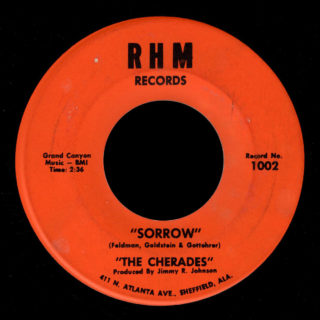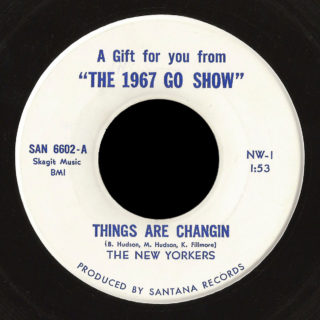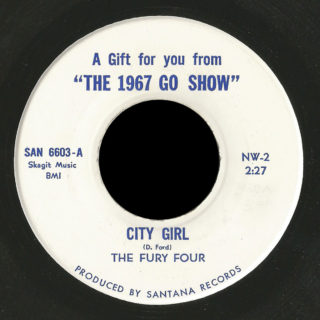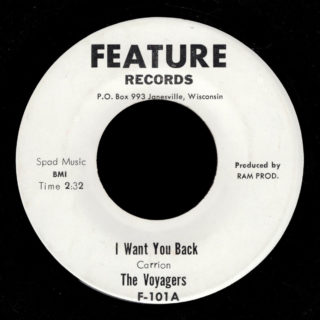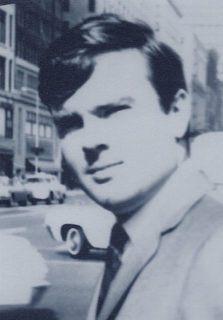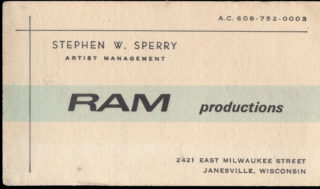The Blazers cut one fine single, “I Don’t Need You” (D. Hord) b/w the more ’50s sounding”Lovin’ to Do” (H. Halter) on Brass 306 in November 1965, produced by John C. Price.
I don’t know the band members, but in BMI’s database, both songs are listed as co-written by Dennis Hord and Harold Halter, published by Mantle Music (BMI).
Brass Records at 7807 Truman in Kansas City, MO also released three singles by the Fabulous Four.
Dennis Hord and Harold Halter wrote both sides of Melinda and the Misfits’ “Don’t Take Your Love Away” / “Forever and a Day”, on U-Nek Records 711, copyrighted in March of 1967 for Velcille Music, BMI. This has a very different sound than the Blazers, a pop production with lots of echo.
Hord and Halter also wrote Melinda & the Misfits next single “Sweet Love” and “My Kind of Man” on U-Nek 712, also produced by Don Price but published by Bill Roberts Music. Bill Roberts had his own single on Brass 307 “Shout It Out” / “Please Take”, and would also release “Kansas City Chiefs” with the Fabulous Four on Cavern 2218.
That’s as far as I can trace the careers of Dennis Hord and Harold Halter.
Melinda Mendenhall would have one more release on U-Nek Records 829 “You’re the One” (an original song by her) and “Two Big Birds” (Deb Dyer) with Tom Harrison and Craig Schuemaker on guitars and Lee Waterman on drums, then join the first incarnation of Morningstar in 1969.


